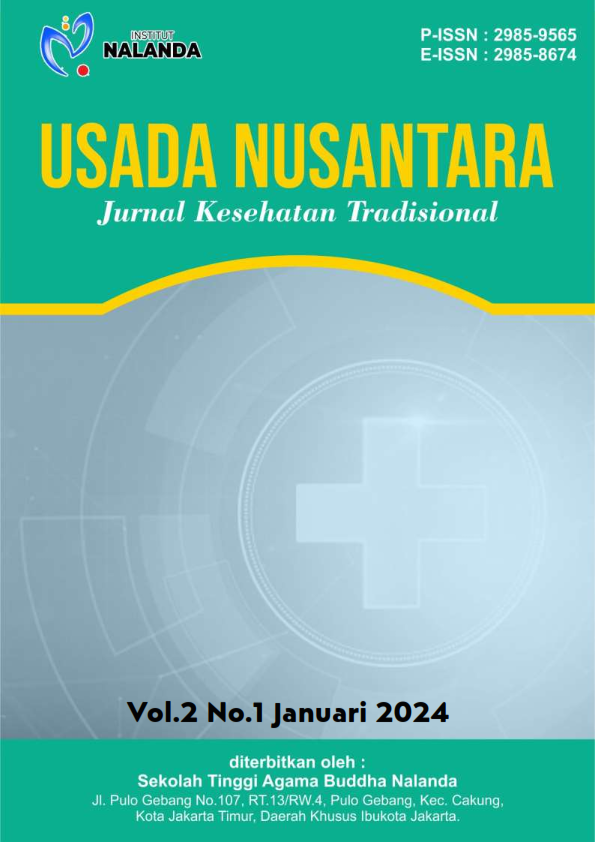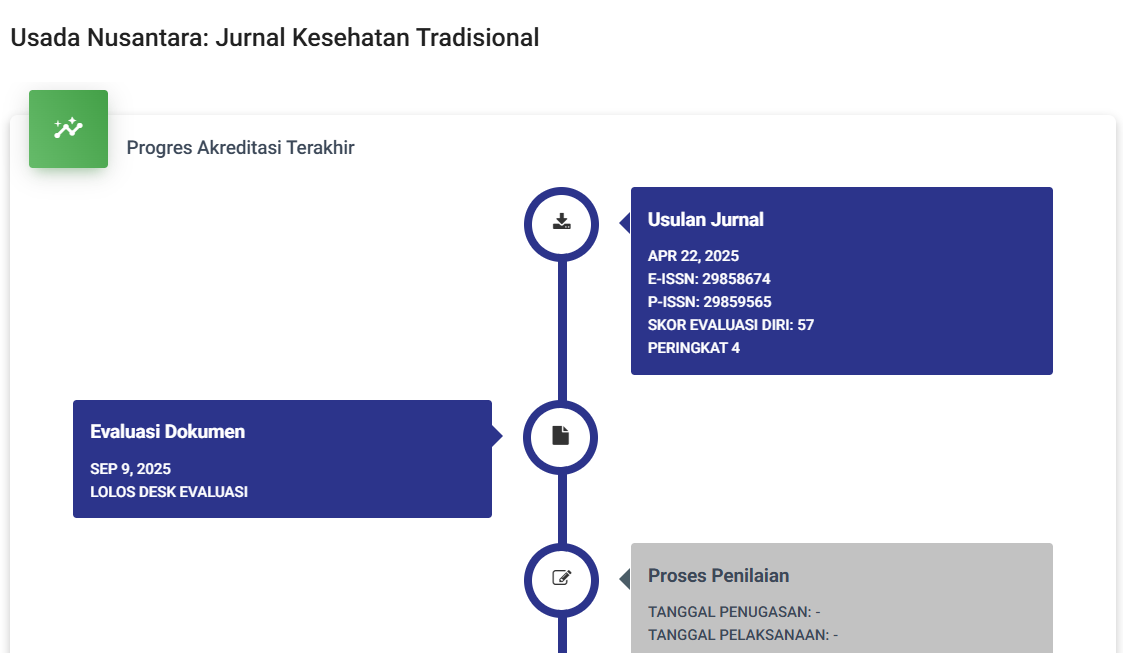Studi Kasus Anak Usia 32 Bulan Dengan Gizi Kurang Dan Stunting Di Desa Cangguek Puskesmas Tanah Pasir Tahun 2023
DOI:
https://doi.org/10.47861/usd.v2i1.674Keywords:
32-Month-Old Toddler, Undernutrition, StuntingAbstract
Toddlerhood is also known as the "golden period". During this period, children also experience a critical period. One of the problems that often occurs is nutritional problems. Undernutrition is a condition of body weight according to age (BB/U) not in accordance with the age that should be. The next adverse impact that can be caused by nutritional problems in the first 1,000 days of birth (HPK) is the problem of stunting. Stunted children have an impact on cognitive abilities and long-term low immunity. Aceh Province is ranked 3rd in Indonesia for undernourished children under five at 10.7%. In addition, North Aceh District is ranked 4th for undernourished children under five at 13.6%. Stunting is caused by many factors, such as socioeconomics, maternal nutrition during pregnancy, infant morbidity, parental education and knowledge, and the mother's role in managing family meals. This case study discusses a 32-month-old toddler in Cangguek Village, conducted by observing the patient for 4 weeks with a home visit approach. The diagnosis of undernutrition and very short was based on the National Guidelines of the Indonesian Minister of Health No. 2 of 2020 concerning Pediatric Anthropometric Standards. After the diagnosis was made, the patient's grandmother was given education, supplementary feeding, and growth observation, and analyzed the factors that influenced the patient's condition. At the first visit, the patient's weight was 9.0 kg and the patient's TB was 83 cm. The conclusion of this study is that there are several determinants of undernutrition in patients including; economy, education level and knowledge of the patient's guardian, and wrong behavior.
References
Putri MR. Hubungan Pola Asuh Orangtua dengan Status Gizi pada Balita di Wilayah Kerja Puskesmas Bulang Kota Batam. Jurnal Bidan Komunitas. 2019;2(2):96.
Melsi R. Faktor yang Berhubungan dengan Kejadian Status Gizi Kurang pada Balita di Wilayah Kerja Puskesmas Panambungan Kota Makassar. Promot Prev. 2022;5:23–31.
Wati SK, Kusyani A, Fitriyah ET. Pengaruh faktor ibu ( pengetahuan ibu , pemberian ASI- eksklusif & MP-ASI ) terhadap kejadian stunting pada anak. Jurnal Health Science Community. 2021;2(1):13.
UNICEF, WHO, WORLD BANK. Levels and trends in child malnutrition; UNICEF/WHO/World Bank Group-Joint child malnutrition estimstes 2021 edition. World Heal Organ. 2021;1–32.
Minkhatulmaula, Pibriyanti K, Fathimah. Faktor Risiko Kejadian Gizi Kurang pada Balita di Etnis Sunda. Sport Nutr J. 2020;2(2):41–8.
Alamsyah D, Mexitalia M, Margawati A, Hadisaputro S, Setyawan H. Beberapa Faktor Risiko Gizi Kurang dan Gizi Buruk pada Balita 12-59 Bulan (Studi Kasus di Kota Pontianak). Journal Epidemiology Kesehatan Komunitas. 2017;2(1):46.
Yanti ND. Faktor Penyebab Stunting pada Anak. Real Nurse Journal. 2020;1(3):114–22.
Usada NK, Wanodya KS, Trisna N. Analisis Spasial Gizi Kurang Balita di Kota Tangerang Tahun 2019. J Biostat Kependudukan, dan Inform Kesehat. 2021;2(1):1.
Pratiwi D. Faktor Maternal Yang Mempengaruhi Kejadian Preeklampsia Pada Acces Kehamilan. J Med Hutama. 2020;02(01):402–6.
LStikHT. Permasalahan Anak Pendek (Stunting) dan Intervensi untuk Mencegah Terjadinya Stunting (Suatu Kajian Kepustakaan) Stunting Problems and Interventions to Prevent Stunting (A Literature Review). J Kesehat Komunitas. 2015;2(6).
Syabania R, Yuniar PA, Fahmi I. Faktor-Faktor Prenatal Yang Mempengaruhi Stunting Pada Anak Usia 0-2 Tahun Di Wilayah Asia Tenggara: Literature Review. J Nutr Coll. 2022;11(3):188–96.
Alhamid SA, Carolin BT, Lubis R. Studi Mengenai Status Gizi Balita. Jurnal Kebidanan Malahayati. 2021;7(1):131–8.








